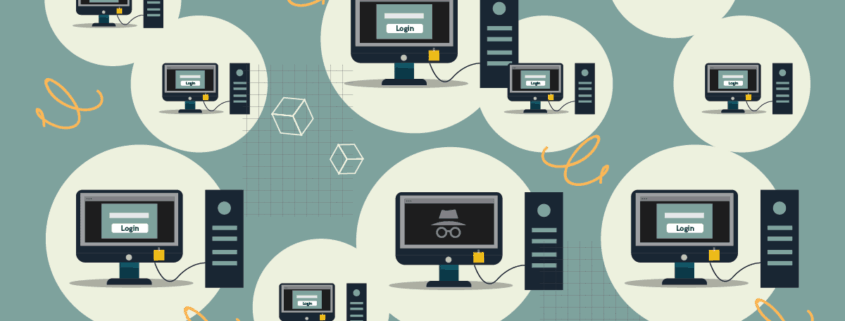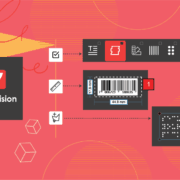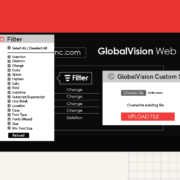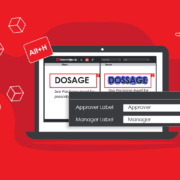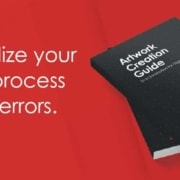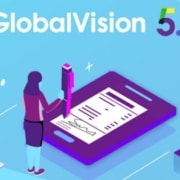Why “Web-Enabled” Apps Aren’t Really Web Apps
Date: May, 2017 | Category: Company | Author: Jonathan Hou
You see the words “web,” “cloud,” and “internet of things” just about everywhere you go these days. In today’s digital age, where “there’s an app” for almost everything, you probably wouldn’t last even 10 minutes without hearing something about the internet.
But how could you not, when technology has become an integral part of our everyday lives.
With the mainstream accessibility of broadband Internet and 4G, users can access their favorite web-based and mobile applications wherever and whenever they want. However, not all applications are created equal and the convenience afforded by the internet has different levels attached to it. Other factors like affordability and security considerations appear at the forefront of the ongoing debate between web-enabled and web-based applications.
Web- Enabled Vs. Web-Based
Web-Enabled
There is an inherent advantage to this approach. IT departments can provide employees with remote access to older, legacy programs to maximize the return on investment on specialized applications deployed across the company.
Those same applications may be firmly entrenched within the organization as key components, mission-critical to its processes and subsequent successes.
That ROI takes a hit though with added costs of maintaining a whole Citrix environment, not to mention all the extra network bandwidth usage from streaming video-like graphics across the web.
Often, it requires a client plug-in (ActiveX) control to be installed in the background. Plus, integration with web-based systems remains limited because the program in question is still just a desktop application, after all… albeit with extra layers tacked on to enable functionality over the internet.
There are also security risks with incorrectly implemented Citrix servers; Since remote desktop access to Citrix servers requires different permission levels for different users, there is the potential for unauthorized access to certain files on a Microsoft Windows file server.

Web-Based
Meanwhile, one disadvantage is the required standardization of browsers across the company to ensure a consistent user experience. Another is the web in general to ensure a user experience, to begin with. Whereas web-enabled applications are based on desktop versions, web-based applications are based on, well, you guessed it, the internet! If the internet goes down, so too does the app.
That being said, a functioning internet connection is pretty much a prerequisite to running a business these days, and web-based applications are generally considered to be more cost-effective relative to their web-enabled cousins, as the application runs directly in a browser.
Furthermore, the applications themselves only need to be installed and updated on a single host server instead of on each workstation, which also means tighter security, and not having to focus on countless systems (as far as the single application is concerned).
Web-based applications can be hosted by the vendor, as in the classic Software-as-a-Service model, or the client, with several potential arrangements out there. This plays further into the notion that the web-based approach benefits from superior flexibility. Up-front and subscription-based pay schemes exist (although, in terms of hard cash doled out, both tend to even out over time).
Another advantage is that web-based applications can integrate near-seamlessly with the vast ecosystem of other web apps such as Salesforce CRM, Documentum, and cloud-based storage because they are cut from the same technological cloth.
With the growing trend of mobile devices being used as means to access apps remotely, research firm Gartner declared heading into 2015 that cloud and mobile computing will keep on converging, promoting the development of centralized applications for use anywhere. That sounds awful like a bet on “web-based” moving forward. A few years later, nothing has dispelled the argument that it’s more of a future-proof option… if you’re in the position to have an option between the two, anyway.
For more information on this constant debate, please visit:
→ Web-Based Vs. Web-Enabled Software

Which Application is Better?
Sticking with the mobile device example, deciding between a web-enabled application and a web-based application is like deciding between smart and flip phones. Both can make calls, but you gain access to a much larger ecosystem of integrated apps with your smartphone’s newer technology.
Everything may be headed in the same direction, and web-enabled and web-based applications each take you from Point A to Point B. However, it’s Points C-Z that are the issue. Roads are opening up as we speak and a trusty 18-wheeler representing web-enabled applications might not be able to fit through tunnels out of town. Not like a sleek, mobile-device-friendly sedan anyway.
GlobalVision however, offers both versions of its market-leading automated proofreading technology.
For those who prefer their desktop application, there’s GlobalVision Desktop (GVD). Built for use in production environments, GVD combines powerful inspection tools into one robust application – so you can be sure your files are accurate as they move along the quality workflow.
However, for those who prefer to work on a cloud, web-based application, our latest and most innovative proofreading technology Verify is just for you.
Created for regulated industries, Verify is GlobalVision’s inspection technology reinvented. Verify ensures a seamless and convenient end-user experience, delivering superior inspection results, in a cloud-based, innovative software.
Learn more by requesting a demo of GlobalVision here or try our web-based proofreading software, Verify, for free!
GlobalVision is the leading developer of quality control technologies. Learn how GlobalVision has provided new business opportunities across all industries with an extra layer of security.
Request a free trial for GlobalVision Digital Inspection Solution
Learn More about the Actual Difference Between Quality Control Inspection Apps

